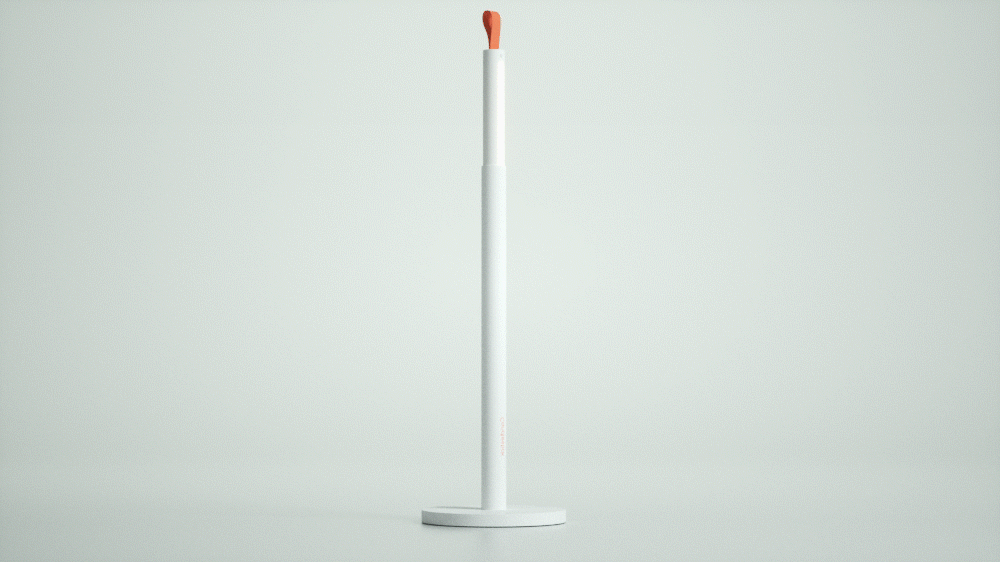
While we all wait to find some light at the end of the tunnel that is the year 2020, we can continue admiring beautiful lighting designs like the Wave desk lamp! Inspired by nature’s way of always maintaining balance, this minimal lamp will certainly tip the scales of interior design in your favor.
Nature will always find a way to restore fair balance and this is the way of life – balance is a natural law that we observe all around us as well as within us. The Wave lamp embodies this philosophy and puts it forth in an elegant manner that lights up your space. “Designed using simple dome geometry for its diffusers with the addition of a rather striking base, the Wave lamps base takes the form of a segmented wave symbolizing the unbalance that exists within pure balance,” describes the team.
Wondering how it works so you don’t end up see-sawing it a little too hard? Same. Wave utilizes a series of chambers that are filled to maintain its center which means when it is upright the lights are turned off. Tilt it slightly to either side and it will cause the interior balance to shift which will trigger the mechanism to generate light. To turn it off, simply restore balance – same law applies for negativity in our lives too! “Nature is pure balance, and once that balance is disrupted, we get the warning light, this is the story of the Wave desk Lamp,” says Mawalla and we couldn’t agree more!
Designer: Pasque D. Mawalla
















